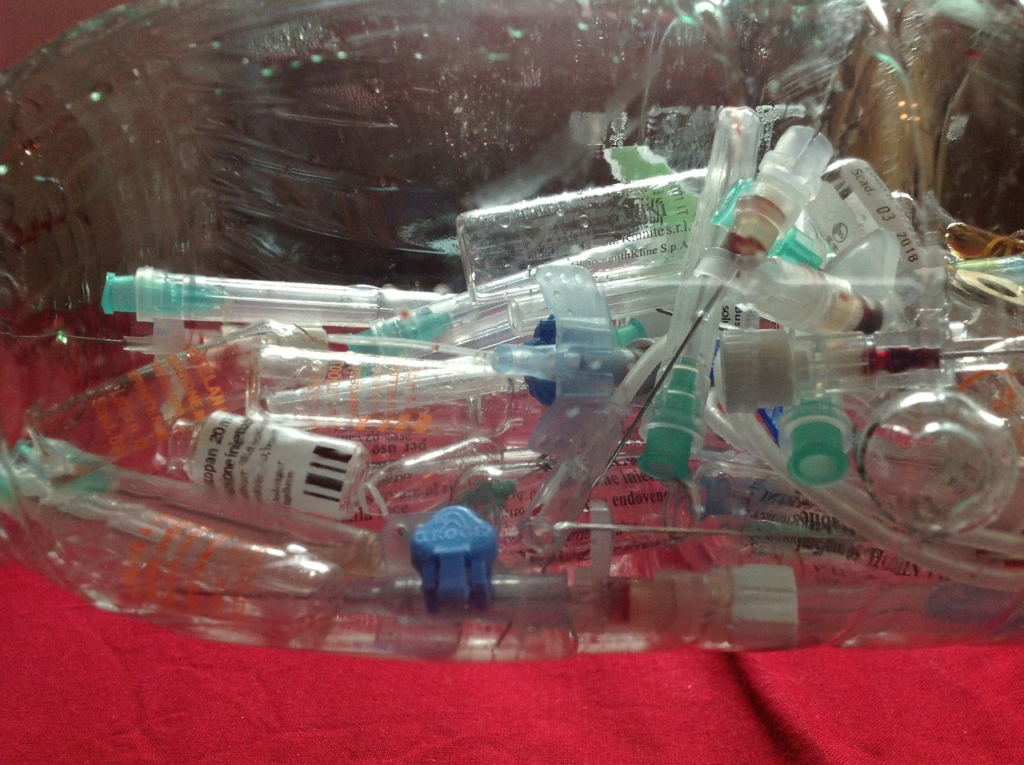 This may not seem like something very important to most people. Especially when going through a pandemic and hospitals being pushed to their limits, caring for patients and saving lives is the priority. Many in the medical field have felt torn between following rules and regulations and filling out paperwork, and actually having time to treat the patients. All this at the same time as trying to do their bit in protecting the environment. But think for just a moment of all the waste that is produced through each visit to each patient. Every time a nurse or doctor moves to the next bed and visits a new patient, more gloves are being thrown away. Other personal protective clothing and equipment is also disposed of at an alarming rate. Then there are all the medical supplies used (how many syringes alone have hospitals and medical centres gone through during the pandemic?) Of course, this is all necessary to care for the patients but what then happens to all this medical waste? What are the options for the treatment of biomedical waste? And what is best for the environment?
This may not seem like something very important to most people. Especially when going through a pandemic and hospitals being pushed to their limits, caring for patients and saving lives is the priority. Many in the medical field have felt torn between following rules and regulations and filling out paperwork, and actually having time to treat the patients. All this at the same time as trying to do their bit in protecting the environment. But think for just a moment of all the waste that is produced through each visit to each patient. Every time a nurse or doctor moves to the next bed and visits a new patient, more gloves are being thrown away. Other personal protective clothing and equipment is also disposed of at an alarming rate. Then there are all the medical supplies used (how many syringes alone have hospitals and medical centres gone through during the pandemic?) Of course, this is all necessary to care for the patients but what then happens to all this medical waste? What are the options for the treatment of biomedical waste? And what is best for the environment?
There are many different ways to deal with biomedical waste. The most common and so most obvious way to destroy this biomedical waste is through incineration. This makes sense. It’s simple, it’s quick, and it is an effective way of completely destroying anything dangerous or toxic along with the waste. Of course, a downside to it is that it can be costly.
Other options are microwaving (the waste is heated internally to completely destroy any microorganisms). This can be good because before heating the waste, it is shredded so there is less of the waste to deal with then. And then there is the use of chemicals, more popular with liquid waste as it acts as a disinfectant. Once the waste has been disinfected and decontaminated, it can be thrown away into the sewers.
A fourth option though is autoclaving. Through this process things are sterilized through the use of steam. Any microorganisms or anything else toxic or dangerous will be totally destroyed. This is a cheaper option than incineration and other options but there are some materials that can’t go through this process, so it is always best to check.
It is important to look into the different options and the types of waste you’re dealing with and find a good, reputable company to help you dispose of your waste legally, efficiently and cost effectively.


